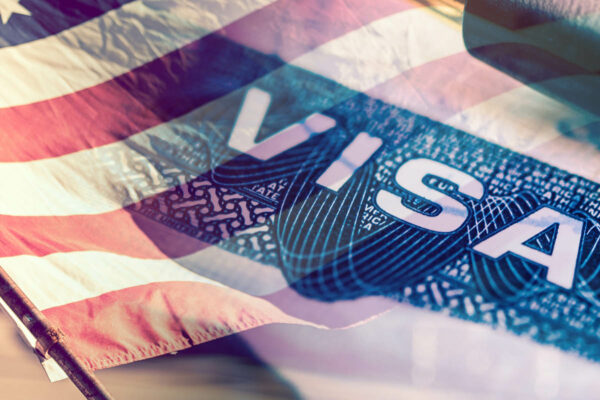VISA BULLETIN NOVEMBER 2023
This bulletin summarizes the availability of immigrant numbers during November for: “Final Action Dates” and “Dates for Filing Applications,” indicating when immigrant visa applicants should be notified to assemble and submit required documentation to the National Visa Center.
Unless otherwise indicated on the U.S. Citizenship and Immigration Services (USCIS) website at www.uscis.gov/visabulletininfo, individuals seeking to file applications for adjustment of status with USCIS must use the “Final Action Dates” charts below for determining when they can file such applications. When USCIS determines that there are more immigrant visas available for the fiscal year than there are known applicants for such visas, USCIS will state on its website that applicants may instead use the “Dates for Filing Visa Applications” charts in this Bulletin.
1. Procedures for determining dates. ConsVISA BULLETIN NOVEMBER 2023ular officers are required to report to the Department of State documentarily qualified applicants for numerically limited visas; USCIS reports applicants for adjustment of status. Allocations in the charts below were made, to the extent possible, in chronological order of reported priority dates, for demand received by October 3rd. If not all demand could be satisfied, the category or foreign state in which demand was excessive was deemed oversubscribed. The final action date for an oversubscribed category is the priority date of the first applicant who could not be reached within the numerical limits. If it becomes necessary during the monthly allocation process to retrogress a final action date, supplemental requests for numbers will be honored only if the priority date falls within the new final action date announced in this bulletin. If at any time an annual limit were reached, it would be necessary to immediately make the preference category “unavailable”, and no further requests for numbers would be honored.
2. The fiscal year 2024 limit for family-sponsored preference immigrants determined in accordance with Section 201 of the Immigration and Nationality Act (INA) is 226,000. The worldwide level for annual employment-based preference immigrants is at least 140,000. Section 202 prescribes that the per-country limit for preference immigrants is set at 7% of the total annual family-sponsored and employment-based preference limits, i.e., 25,620. The dependent area limit is set at 2%, or 7,320.
3. INA Section 203(e) provides that family-sponsored and employment-based preference visas be issued to eligible immigrants in the order in which a petition in behalf of each has been filed. Section 203(d) provides that spouses and children of preference immigrants are entitled to the same status, and the same order of consideration, if accompanying or following to join the principal. The visa prorating provisions of Section 202(e) apply to allocations for a foreign state or dependent area when visa issuances will exceed the per-country limit. These provisions apply at present to the following oversubscribed chargeability areas: CHINA-mainland born, INDIA, MEXICO, and PHILIPPINES.
4. Section 203(a) of the INA prescribes preference classes for allotment of Family-sponsored immigrant visas as follows:
FAMILY-SPONSORED PREFERENCES
First: (F1) Unmarried Sons and Daughters of U.S. Citizens: 23,400 plus any numbers not required for fourth preference.
Second: Spouses and Children, and Unmarried Sons and Daughters of Permanent Residents: 114,200, plus the number (if any) by which the worldwide family preference level exceeds 226,000, plus any unused first preference numbers:
A. (F2A) Spouses and Children of Permanent Residents: 77% of the overall second preference limitation, of which 75% are exempt from the per-country limit;
B. (F2B) Unmarried Sons and Daughters (21 years of age or older) of Permanent Residents: 23% of the overall second preference limitation.
Third: (F3) Married Sons and Daughters of U.S. Citizens: 23,400, plus any numbers not required by first and second preferences.
Fourth: (F4) Brothers and Sisters of Adult U.S. Citizens: 65,000, plus any numbers not required by first three preferences.
Click to access visabulletin_November2023.pdf

